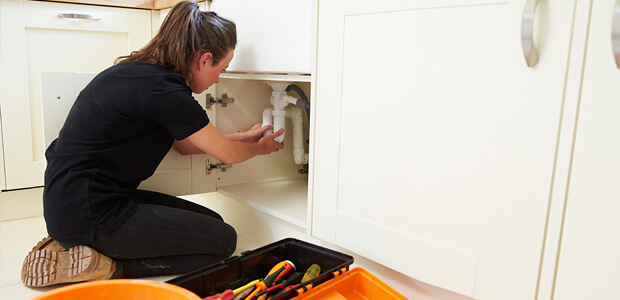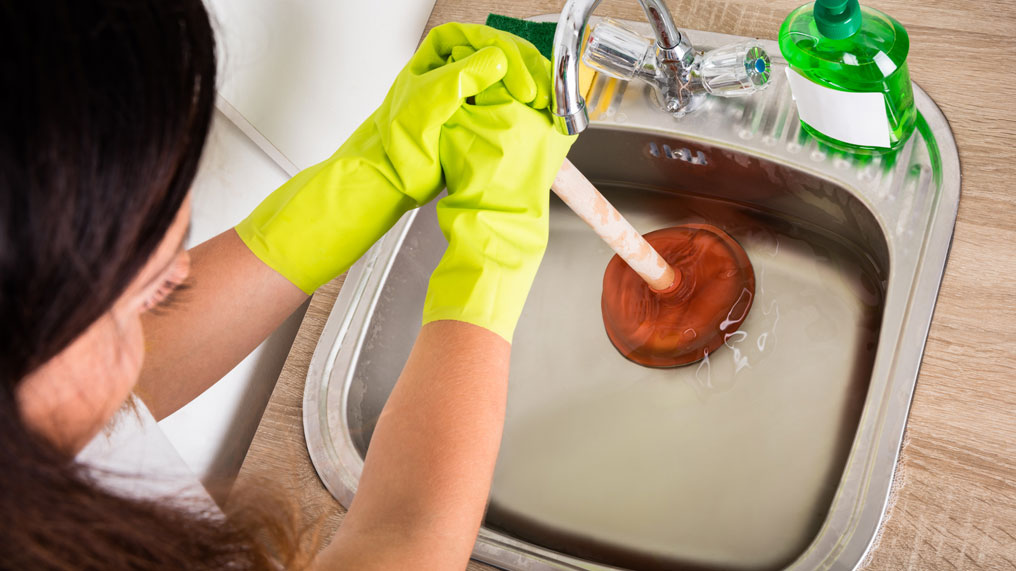Were you interested in help and advice involving 8 Tips For Clearing A Blocked Drain?

Intro
Handling an obstructed drainpipe can be a discouraging experience, interfering with daily activities and potentially triggering damages to your building. However, prior to connecting to plumbing professionals, there are actions you can take to resolve the problem yourself. In this overview, we'll explore do it yourself solutions and safety nets to tackle an obstructed drain successfully.
Identifying the Problem
The first step in attending to an obstructed drain is identifying the signs. Sluggish drain, gurgling noises, foul odors originating from drains pipes, or water backing up prevail indicators of a blocked drainpipe. Identifying these indicators early can help stop even more difficulties.
Typical Reasons For Obstructed Drainpipes
Comprehending the factors that contribute to drain pipes blockages is necessary for effective resolution. Common perpetrators consist of hair, soap scum, grease, food particles, and international things like sanitary items or paper towels. Tree origins attacking underground pipes can also cause considerable obstructions.
Do it yourself Solutions
For small clogs, several do it yourself solutions can be effective. Putting boiling thin down the drainpipe can assist dissolve grease and particles. Baking soda and vinegar or a mix of salt and baking soft drink can work as all-natural cleaners. Using a bettor or plumbing serpent to remove obstructions is one more option.
Devices and Equipment
Having the right devices on hand can make do it yourself drain cleaning up more reliable. A plunger is a flexible device for removing clogs in sinks, bathrooms, and showers. A pipes snake or auger can get to much deeper blockages, while drain cleansing chemicals can be utilized carefully for stubborn blockages.
Safety nets
To prevent future clogs, adopting preventive measures is important. Mount drain guards or strainers to catch hair and particles prior to they get in the pipelines. Frequently flush drains pipes with hot water to dissolve grease buildup, and avoid taking care of oil or strong waste away.
When to Call a Specialist
While do it yourself remedies can deal with minor clogs, particular indications suggest the requirement for professional assistance. Relentless obstructions, foul odors regardless of cleaning up efforts, or numerous drains pipes backing up simultaneously are warnings that require expert intervention.
Selecting the Right Plumbing Solution
When selecting a pipes solution, think about factors such as experience, licensing, and client testimonials. Select a reliable plumbing professional with a record of quality craftsmanship and clear rates practices.
Expense Factors to consider
The cost of professional drain cleaning company can differ depending on the seriousness of the blockage and the plumbing professional's rates. Request quotes from numerous providers and inquire about any surcharges to ensure transparency and prevent surprises.
Security Precautions
When attempting do it yourself drainpipe cleaning, focus on safety. Wear safety handwear covers and glasses to prevent contact with unsafe chemicals or microorganisms. Never blend various drain cleansing products, as this can produce unsafe fumes.
Situation Researches
Real-life instances illustrate the efficiency of do it yourself services and the importance of prompt professional treatment in dealing with drainpipe blockages.
Final thought
By adhering to the pointers described in this overview, you can effectively deal with obstructed drains pipes and prevent future plumbing problems. Whether choosing do it yourself remedies or looking for professional help, punctual action is crucial to keeping a healthy plumbing system and protecting the integrity of your home.
WHAT I LEARNED FROM TRYING TO DEAL WITH A CLOGGED DRAIN
We have had our share of seepages and other annoying things that are part of living, especially in an apartment complex. And if there’s one thing that’s terrifying for a homeowner—or even someone in a rented home—it is a clogged drain, indoors or outdoors.
We enjoy our living space, but it’s simply a fact of life that dead skin, soap and a host of other items go down the drain; eventually, the residue builds up and prevents anything from moving. Ugh.
Not Calling A Professional
Of course, it might seem simple to just whip the pipe off under the sink and see if you can unblock it. Unfortunately, what if the blockage isn’t there, or you don’t reconnect it properly? Worse, you might break a piece and have no drainage system. Can you imagine that scene? Yuck!
Not Watching Your Waste
This will sound d’uh, but the best tip I can give you for drain cleaning is to avoid clogging the drain in the first place! You can do this by monitoring what goes down the drain and catching the items which are most likely to give you a problem. Invariably hair, vegetable peels, and large wads of toilet paper are the most obvious culprits. Add a filter—these are available in hardware stores and can be removed and cleaned easily.
Poking The Drain
The first urge with a clogged drain is to poke at it with a stick or anything that resembles a stick. Sadly, this does not result in magically solving the issue. The mental image is, naturally, one of the stick just pushing through the offending item and all is well again. Reality is quite different and unpleasant and likely to lead to further problems.
The thing is, every drain has a series of bends that are not visible to us. Drains are built this way to prevent gases from entering the house. What happens when you poke a stick into the drain? Of course, it can’t bend around the corner. The more adventurous people will use force and end up wedging the stick or causing it to break off in the pipe—creating an even bigger issue. Worst thing? The stick will shift the block further down the pipe, creating the space for more to collect. Go ahead! Roll your eyes!
Using The Wrong Plunger
You know what they say: the right tool for the right job! Did you know there are different types of plungers besides the basic one we keep at home for an emergency? Yes, there are. For example, the toilet plunger has a bell-shaped bottom while the sink plunger is flat. This is an important difference and using the wrong plunger will be useless. There’s also a knack in using plungers—they must be placed in such a way that they create an airtight seal and then, moved slowly up and down—not as fast as we imagine.
https://vidyasury.com/2018/01/learned-trying-deal-clogged-drain.html

I ran across that content on What I learned from trying to deal with a clogged drain while scouting around the web. Sharing is nice. One never knows, you may be doing someone a favor. I enjoy reading our article about .
This Website